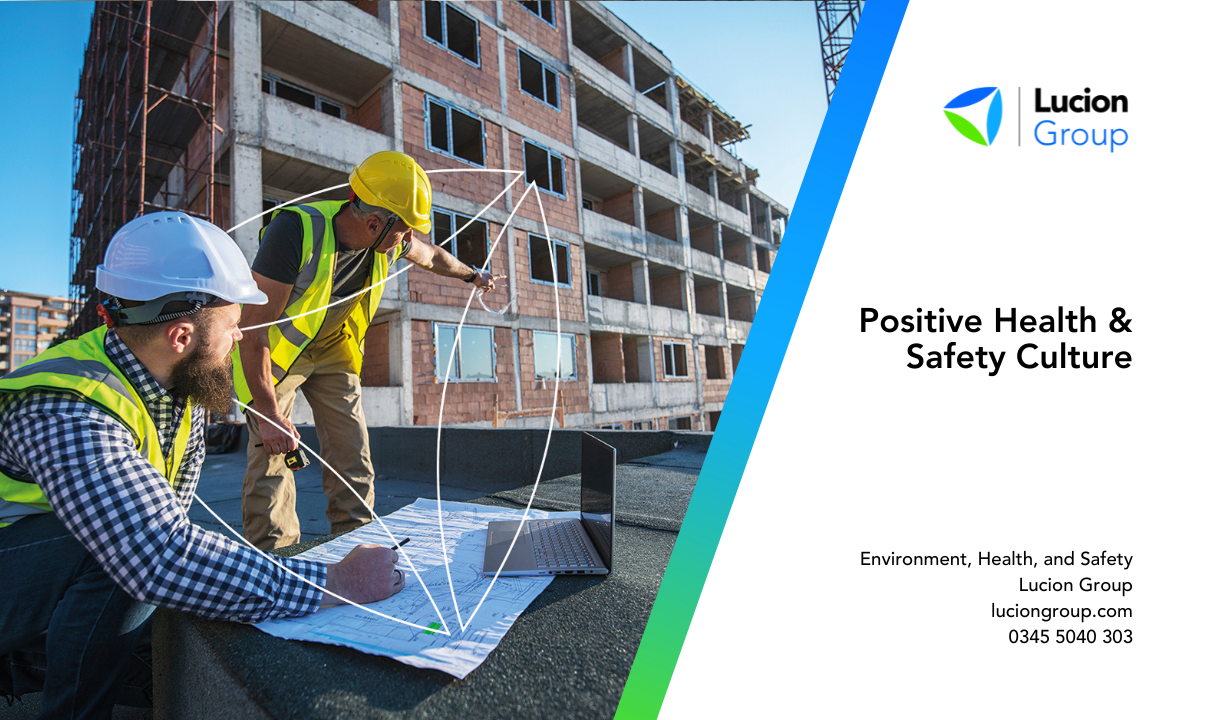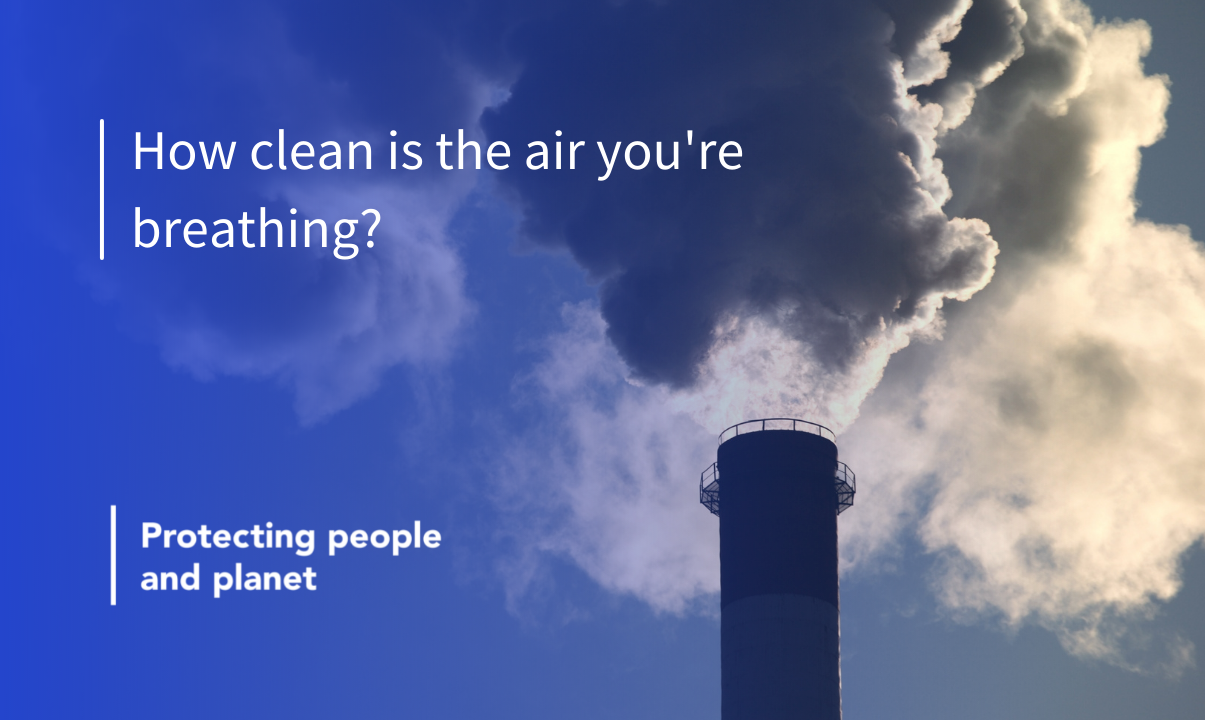Navigating Your 2024 Occupational Health Surveillance Program: Insights on Asbestos Medicals
9 January 2024
Are you planning your Occupational Health Surveillance program? Wondering if you should consider Asbestos Medicals? Lucion’s Senior Technical Consultant Richard Marshall tells all.
As January gets underway, many employers and QHSE teams are planning their 2024 Occupational Health Surveillance program.
Health surveillance aims to identify work-related diseases or conditions. The Health and Safety Executive (HSE) outlines that workplaces require health surveillance when employees are still exposed to health risks despite the implementation of controls.
Various work activities may warrant health surveillance, including:
- Handling hazardous substances like asbestos, lead, anthrax, and others.
- Dealing with biological agents such as blood-borne viruses, bacteria, fungi, etc.
- Exposure to noise or vibration during work.
- Working with ionising radiation.
In this insight, we will focus on health surveillance relating to asbestos works. For further information about requirements relating to other hazardous substances, legionella, noise and vibration or working with ionising radiation, please email our team at info@luciongroup.com.
Conducting medical surveillance and maintaining health records for personnel who work with asbestos is a requirement under Regulation 22 of The Control of Asbestos Regulations 2012 where the employee is carrying out licensed or notifiable non-licensed work. If you are an employer, you must assess if any of the tasks you carry out with asbestos would fall into these categories.
Licensed, Non-Licensed, Notifiable Non-Licensed Works
-
Licensed Work
-
Licensable work with asbestos is higher risk and can only be conducted by a licensed contractor. Examples include work with;
- Loose insulation, lagging, sprayed coatings
- Loose dust & debris (gross contamination)
- Significant work with insulating board
All licensable works must:
- ONLY be carried out by HSE licensed contractor
- Provide 14-day notification to the relevant enforcement authority (usually HSE or Local Authority)
- Plan of works and risk assessments must be prepared in advance of works
- All operatives must be fit-tested for their RPE and be trained to undertake licensable work
- All operatives must have had a medical examination within the last 2 years by a HSE-appointed doctor.
- Health records must be maintained of the types of work carried out involving asbestos, and, where relevant, its location, with start and end dates, with the average duration of exposure in hours per week, exposure levels and details of any RPE used for each employee undertaking licenced work. Additionally, records of any work with asbestos before current employment, if the employer has been informed and dates of the medical examinations undertaken to comply with the Regulations;
- Health records must be kept for 40 years in a safe place;
- Works are usually undertaken under fully controlled conditions inside an enclosure.
Find out if your works are Licensed and about notifications of work with asbestos here.
Projects involving less risk (such as sporadic, low intensity and less risk of exposure) may not require a licensed contractor and may be classed as Notifiable Non-Licenced Works (NNLW) or Non-Licensed Works.
-
Notifiable Non-Licenced Works
-
Examples of Notifiable Non-Licensed Work (NNLW) involving asbestos:
- Extensive removal of textured decorative coatings through steaming or gelling methods, surpassing what is necessary for routine maintenance activities like installing or replacing smoke alarms and fittings.
- Short-duration tasks involving minor work with asbestos insulating board or addressing minor damage to a small section of pipe insulation where the exterior coating has been compromised subject to control limit not being breached.
- Removal of asbestos cement products (e.g., roof sheeting) when the material is substantially damaged or broken due to factors like fire or flood damage.
- Removal of asbestos cement products (e.g., roof sheeting) if the removal process results in substantial breakage, generating significant quantities of dust and debris (e.g., 'dropping' an asbestos cement roof).
- Removal of asbestos paper and cardboard products if not securely bonded in a matrix.
Employers are required to maintain a register (health record) of NNLW involving asbestos for each employee exposed to asbestos.
Find out if your works are NNLW and about notifications of work with asbestos here.
All Notifiable non licensed asbestos work must:
- Provide notification period to the relevant enforcement authority (usually HSE or Local Authority) prior to undertaking the works
- Plan of works and risk assessments must be prepared in advance of works
- All operatives must be fit tested for their RPE and be trained to undertake non licensed asbestos work
- All operatives must have had a medical examination within the last 3 years by a HSE appointed doctor or non HSE appointed doctor such as a general practitioner.
- Health records must be maintained and records of the employees carrying out the work should be kept in a register or record, indicating the nature and duration of the activity and the exposure to which they have been subjected.
- Employers must also have a recording and planning system which records the date of the last examination and brings forward the next required medical examination date for each individual.
- Health records must be kept for 40 years in a safe place.
- Works are usually undertaken with local controls although an enclosure or partial enclosure may be used if the risk assessment deems one necessary.
-
Non-Licensed Works
-
High-risk asbestos work typically requires a licensed contractor, determined based on risk assessment. Exemption from licensing is granted if the work is sporadic and low-intensity, with asbestos concentration not exceeding 0.6f/cm3 over 10 minutes and worker exposure below the legal limit of 0.1f/cm3 over four hours. Conditions for exemption include short non-continuous maintenance tasks, non-friable materials, removal tasks with intact asbestos, sealing or encapsulating ACMs, and air monitoring or sample collection.
Examples of non-licensed asbestos work include:
- Cleaning small quantities of ACM dust sporadically and briefly.
- Drilling textured coatings for fixture installation.
- Encapsulation of well-maintained ACMs.
- Maintenance tasks involving various asbestos-containing materials.
- Removal of carefully handled asbestos cement products.
- Removal of small areas of textured coatings with dust-reducing methods.
- Repairing minor damage or drilling holes in asbestos insulating board (AIB) for short durations.
- Work on other materials containing bound asbestos fibres.
These examples illustrate non-licensed asbestos activities that adhere to regulatory criteria, promoting safety and compliance.
Find out if your works are non-licensed here.
Non-licensed asbestos work requirements:
- Plan of works and risk assessments must be prepared in advance of works
- All operatives must be fit-tested for their RPE and be trained to undertake non-licensed asbestos work
- Works are usually undertaken with local controls although an enclosure or partial enclosure may be used if the risk assessment deems one necessary.
There is no requirement for medical examinations or to maintain health records if you only undertake non-licensed asbestos work
In general, non-licensed asbestos-related works classed as maintenance (as opposed to removal, licensable or Notifiable Non-Licensable Works) with the correct controls in place, are exempt from the need for medical surveillance.
The Health and Safety Executive (HSE) offers detailed guidance on health surveillance procedures for various work activities on its website. Employers must consult with employees or their representatives before implementing health surveillance, ensuring competent individuals conduct it. Employers must maintain records of surveillance results and communicate any significant findings to employees.
Why conduct Occupational Health Surveillance?
Aside from being a regulatory requirement in some instances, occupational health Surveillance can form part of your Occupational Health Screening program. Screen programs are not a legal requirement in the UK, however conducting one can go a long way to ensuring you protect your employees, minimise downtime and reduce turnover rate.
Advantages of occupational health screening for Employers:
- Decreased instances of illness-related absenteeism.
- Enhanced staff retention, engagement, and overall productivity.
- Improved teamwork dynamics.
- Elevated job satisfaction.
Advantages of occupational health screening for Employees:
- Mitigated health risks.
- Enhanced job performance.
- Increased awareness and understanding of mental health.
- Access to comprehensive physical and mental health information.
- Assistance in overcoming or managing existing health issues.
- Early identification of previously unnoticed health concerns.
- Provision of lifestyle guidance (smoking, drinking, weight loss, etc.) for sustained long-term benefits.
Preventing Exposure To Protect Employee Health
A key step to ensuring your Health Surveillance program comes back with a clean bill of health is ensuring you are preventing exposure in the first place.
Duty holders and employers have responsibilities to assess and manage the risks of asbestos exposure. They must ensure that the correct information and protective equipment is given to anyone who may come into contact with any potentially harmful substance in line with the Control of Asbestos Regulations (CAR) 2012.
Our asbestos management team can help you manage your asbestos risks correctly and protect individuals and the environment from asbestos exposure. Submit an enquiry by emailing info@lucionservices.com and start managing your risks today.
EHS Compliance: 12 Step Checklist
Download our free 12-step EHS Compliance Checklist and take the first step to safeguard your teams, contractors, and reputation.
No Sign-Up Required
Asbestos Compliance: 6 Step Checklist
Download our free 6-step Asbestos Compliance Checklist and take the first step to safeguard your teams, contractors, and reputation.
No Sign-Up Required
IMPACT Magazine
Industry news delivered by Lucion Group and its subsidiary companies.
Issue 2 May 2023
No sign-up required
 NexGen
NexGen
























